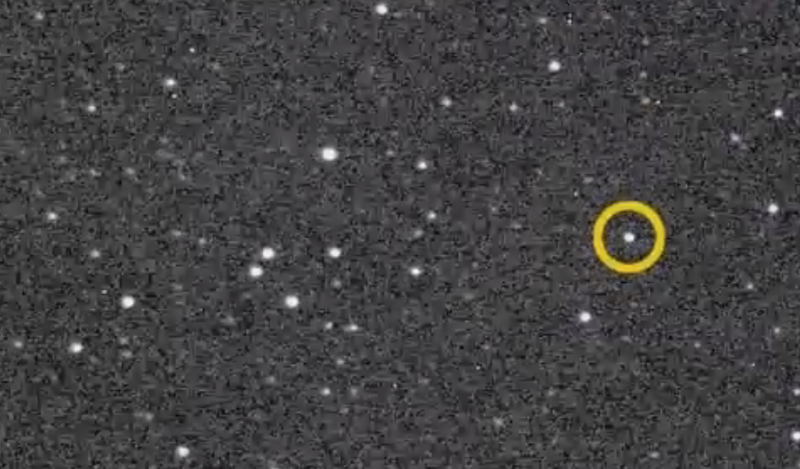
Black holes are some of the most powerful but difficult to comprehend objects in the universe, operating mysteriously and practically invisibly out of the reach of our sight. Until now, that is.
Scientists have long used X-ray or gamma ray telescopes to figure out where black holes may lie—but a new study suggests that we could accomplish the same thing with nothing more than a standard, optical 8-inch telescope. It could feasibly even put these observations within the realm of backyard astronomy.
So how is it done? A new paper published this afternoon in Nature by researchers from Kyoto University, space agency JAXA, Hiroshima University, the Rochester Institute of Technology, and RIKEN laboratory uses a nearby black hole, V404 Cygni (and its recent flickering outburst) to explain how it’s done.
So about that how question. One common kind of black hole is called an X-ray binary, caused by a dead or exploded star sucking in everything around it. This kicks out massive amounts of X-ray radiation, but it turns out it also kicks out some low-level light:

Top image: V404 in action, Micheal Richmond/ Rochester Institute of Technology; Lower image: X-ray chart via Mariko Kimura / Kyoto University
Here’s the footage of V404 that shows exactly what that outburst looks like, through the eye of a telescope:
Sponsored
This footage was taken by Rochester Institute of Technology’s observatory—which is several magnitudes more powerful than what an amateur would have on hand. But researchers note in their study that all that would be needed for these observations is a telescope of 20 centimeters or more. That’s about 8-inches, well within reach of the backyard astronomer.
Of course, not every black hole is a suitable candidate for Earth-based observation. For starters, lead author on the paper Mariko Kimura told Gizmodo that the black hole binary would need to be close enough to Earth that it could be caught by our telescope. Beyond that though, there are some other obstacles that may make many of these hard to observe.
“If black hole binaries are far from Earth,” Kimura told us, “optical light from near them disappears in its long journey to Earth because it is absorbed into interstellar matter. Also, the number of black-hole binaries showing outbursts (the phenomena that the objects becomes more than 100 times brighter) is little and they undergo outbursts once in several decades. We need to get the information of outbursts as soon as possible when their outbursts occur in order to see the activity near a black hole.”
Beyond the opportunity to actually, physically see the results of a black hole in action, though, this study could also do something else. Kimura also told Gizmodo that she hopes that the results can also eventually be used to tell us more about how radiation energy moves around black holes and to explain more about the behavior of black holes that sit at the very center of galaxies, perhaps even our own.
Follow the author at @misra
[Nature]
